In today’s fast-paced world, multitasking seems like a skill everyone should master. Answering emails while attending a meeting, checking messages while working, or switching between projects might feel productive, but multitasking is actually one of the biggest productivity killers.
Studies show that our brains are not wired to handle multiple tasks at once efficiently. Instead of increasing efficiency, multitasking leads to more mistakes, higher stress, and lower-quality work. The secret to true productivity? Doing one thing at a time.
This guide will show you why single-tasking is better than multitasking, how to develop the habit of focusing on one task at a time, and practical techniques to improve your work efficiency.
Why Multitasking Hurts Your Productivity
Many people believe that multitasking helps them accomplish more, but research proves the opposite. Jumping between tasks reduces focus, increases errors, and wastes time.
| Multitasking Effect | How It Reduces Productivity |
|---|---|
| Constant task-switching | The brain takes longer to refocus after interruptions. |
| Higher stress levels | Juggling multiple tasks increases cognitive overload. |
| More mistakes | Reduced attention leads to errors and lower work quality. |
| Less efficiency | Tasks take up to 40% longer when multitasking. |
✅ Solution: Single-tasking allows you to work with deep focus, leading to faster completion, fewer mistakes, and lower stress.
How to Develop the Habit of Doing One Thing at a Time
1. Prioritize Your Tasks with a Clear To-Do List
One reason people multitask is that they don’t know what to focus on first. A simple way to fix this is by using a prioritized to-do list.
✅ How to Apply It:
- Write down 3 key tasks to focus on each day.
- Rank them by importance, not just urgency.
- Start with one task and complete it before moving on.
📌 Example: Instead of writing a vague list like “Work on the project”, break it down:
- Research for 30 minutes.
- Write the first draft of the report.
- Review and edit for clarity.
Focusing on one small step at a time eliminates the need to multitask.
2. Use Time Blocking to Structure Your Work
Time blocking is one of the best techniques for building the habit of single-tasking. Instead of reacting to random tasks, you set dedicated time blocks for focused work.
✅ How to Apply It:
- Assign specific time slots for each task.
- Block 90-minute deep work sessions for high-priority work.
- Set breaks between tasks to reset focus.
📌 Example:
- 9:00 AM – 10:30 AM → Work on report (no distractions).
- 10:30 AM – 10:45 AM → Take a short break.
- 10:45 AM – 11:30 AM → Respond to emails.
By assigning time for tasks, you train your brain to stay focused on one thing at a time.
3. Eliminate Distractions to Maintain Deep Focus
Distractions are the biggest enemies of single-tasking. To improve focus, you need to remove common interruptions.
✅ How to Apply It:
- Turn off notifications on your phone and computer.
- Use website blockers (Freedom, Cold Turkey) to avoid distractions.
- Keep your workspace organized and clutter-free.
- Inform others of your “do not disturb” time.
📌 Example: If social media interrupts your focus, block access during work hours using an app like StayFocusd.
4. Practice the “One-Tab Rule” for Digital Focus
Many people multitask by switching between browser tabs, checking emails, and responding to messages while working. The One-Tab Rule helps you stay focused by keeping only one essential tab open at a time.
✅ How to Apply It:
- Work with only one active tab on your browser.
- Close email and messaging apps while doing deep work.
- Set specific times to check notifications (e.g., once every 2 hours).
📌 Example: If writing a report, keep only your document open—no news, no email, no distractions.
5. Use the Pomodoro Technique to Stay on Track
The Pomodoro Technique trains your brain to focus on one task in short bursts while giving you built-in breaks.
✅ How to Apply It:
- Work for 25 minutes on one task (no distractions).
- Take a 5-minute break.
- Repeat for 4 cycles, then take a longer 15–30 minute break.
📌 Example: If you’re studying, read without distractions for 25 minutes, then take a short break before continuing.
6. Stop Task-Switching by Using the “Before-After” Method
Most people switch tasks impulsively—checking messages while working or jumping between emails. The Before-After Method prevents this by making sure you fully complete one task before moving on.
✅ How to Apply It:
- Before switching to a new task, pause and ask: “Have I fully completed what I was working on?”
- If not, finish it first before starting anything else.
📌 Example: Instead of answering emails midway through writing a report, wait until the report section is finished before checking messages.
7. Train Your Brain to Handle One Thing at a Time
If you’ve been multitasking for years, your brain is wired to jump between tasks. Training yourself to single-task requires practice.
✅ How to Apply It:
- Start with small single-tasking sessions (10–15 minutes).
- Gradually increase focus time to 60–90 minutes per task.
- If you get distracted, write down the interruption and return to work.
📌 Example: If you catch yourself opening social media, write “Check Instagram later” and return to your task.
8. Reflect on Your Progress and Adjust
Building a single-tasking habit takes time. To stay on track, review your progress regularly.
✅ How to Apply It:
- At the end of the day, review what worked and what didn’t.
- Identify which distractions slowed you down.
- Adjust your strategies to improve focus.
📌 Example: If you struggled with distractions today, turn off notifications tomorrow to improve focus.
Final Thought: Focus on One Task, Get More Done
Multitasking is an illusion of productivity—it slows you down, increases stress, and reduces the quality of your work. By shifting to single-tasking, you will:
✅ Work more efficiently with fewer mistakes.
✅ Complete tasks faster and with better quality.
✅ Feel less stressed and more in control of your time.
Start today: Choose one task, eliminate distractions, and commit to seeing it through before moving on. The more you train your brain to focus on one thing at a time, the more productive and stress-free your life will become.


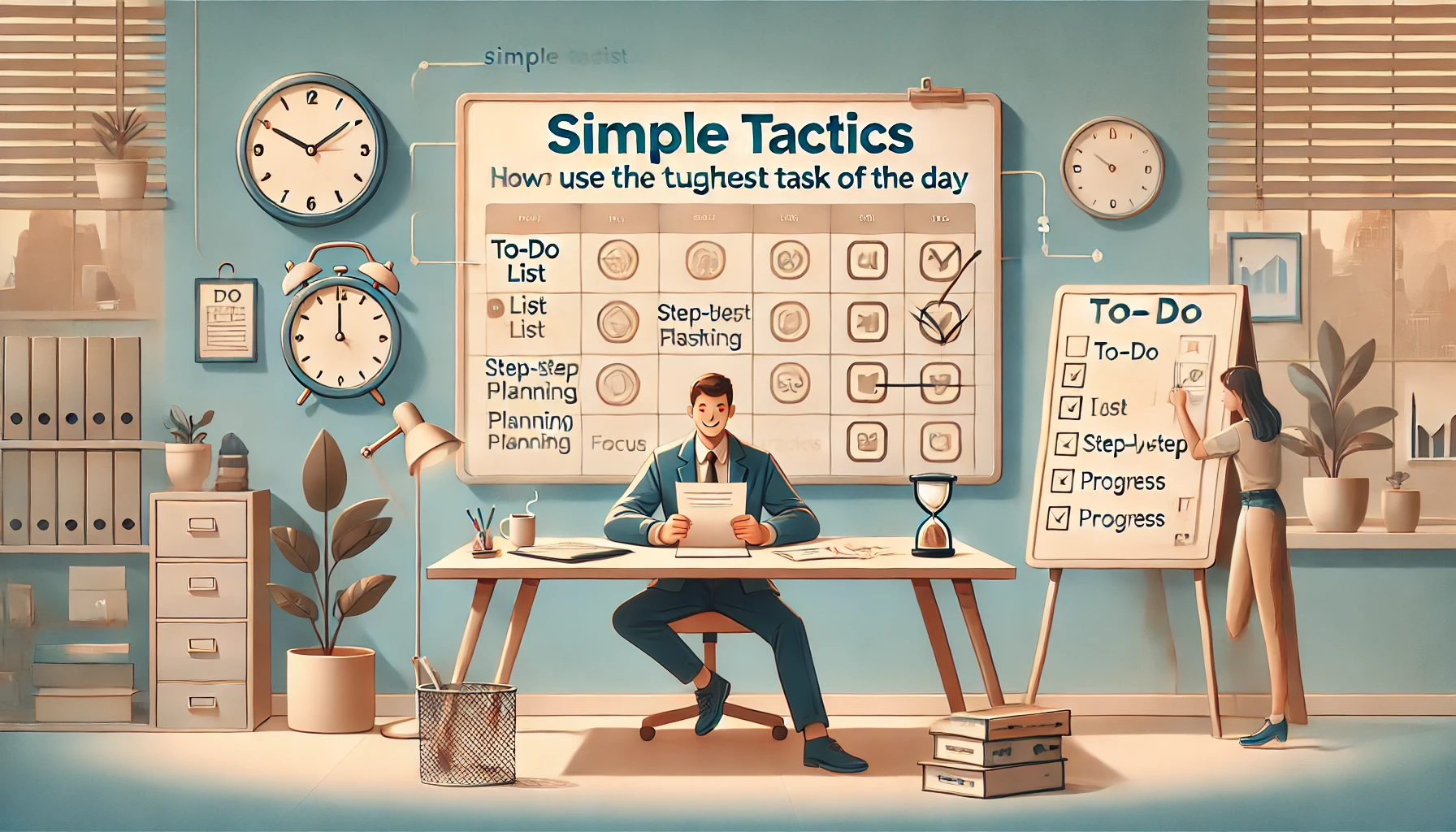

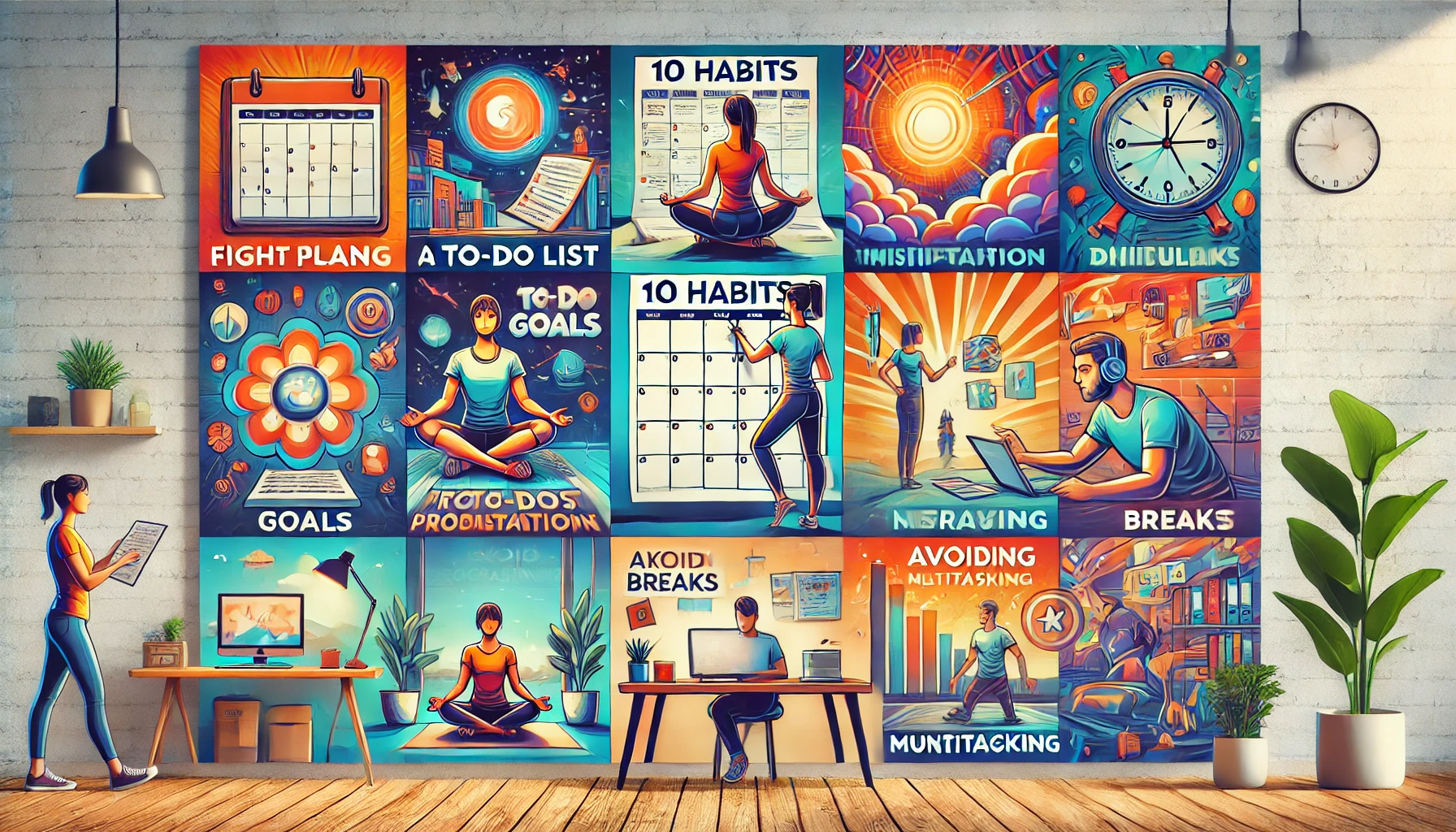
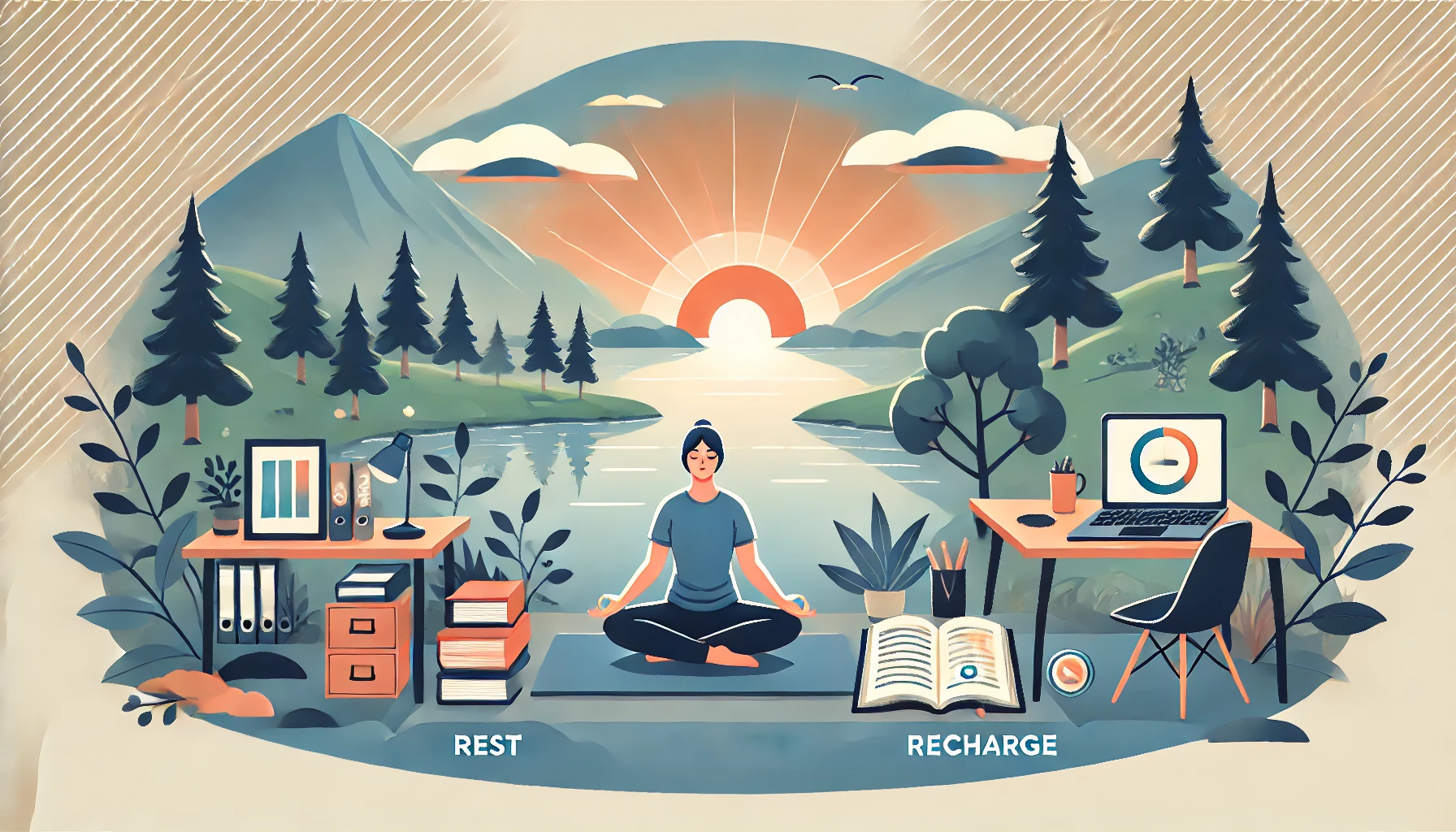
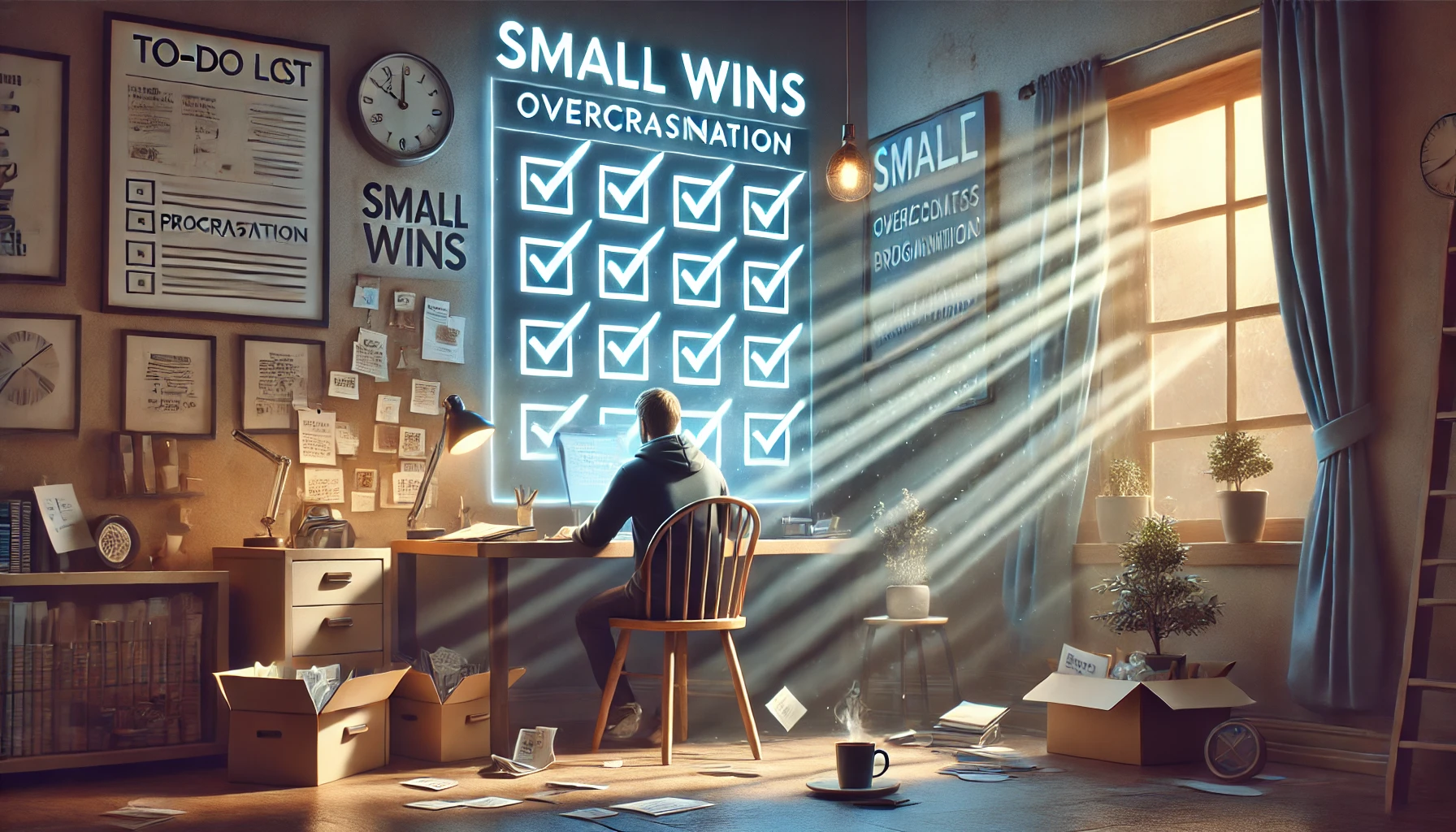


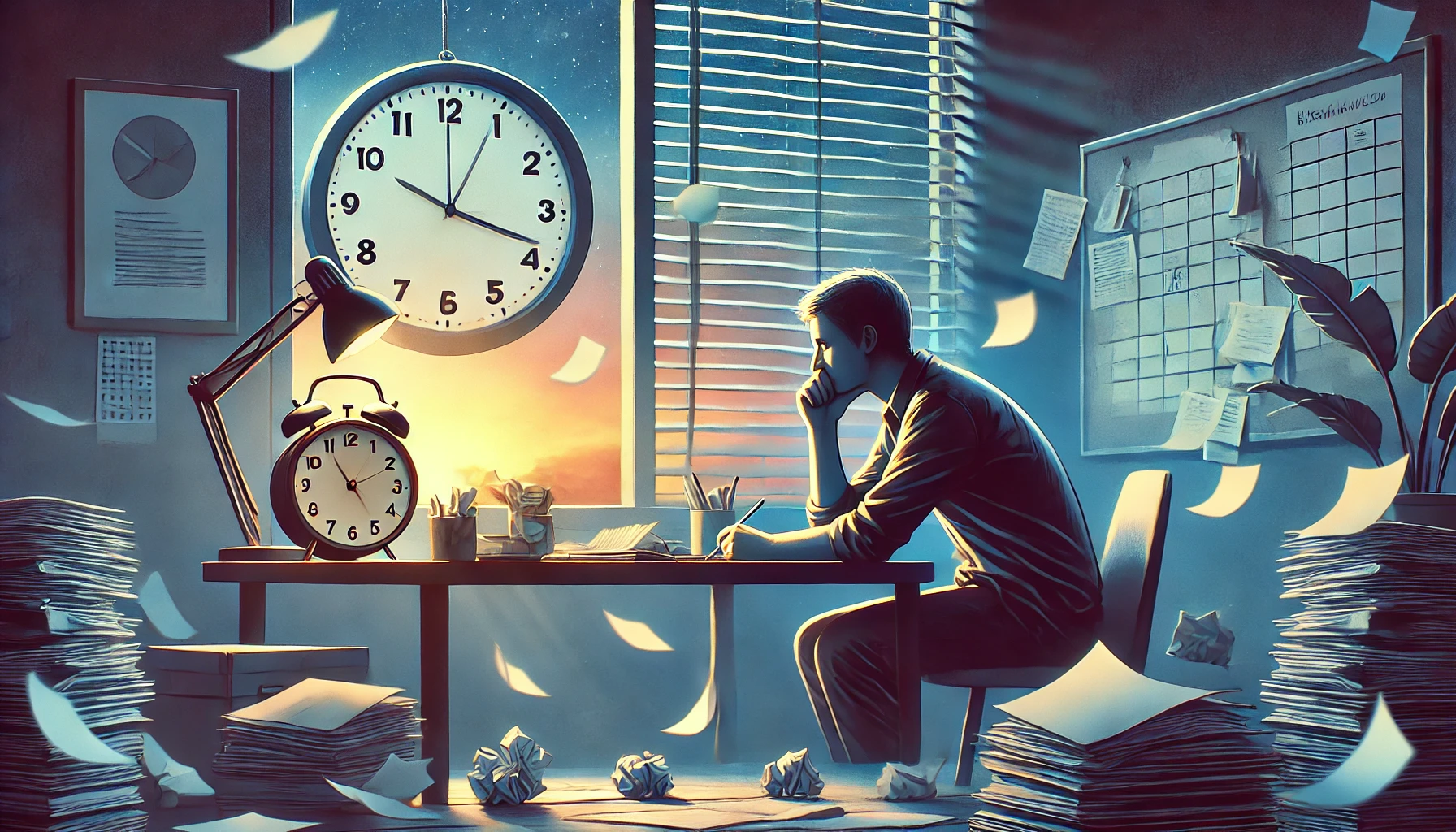
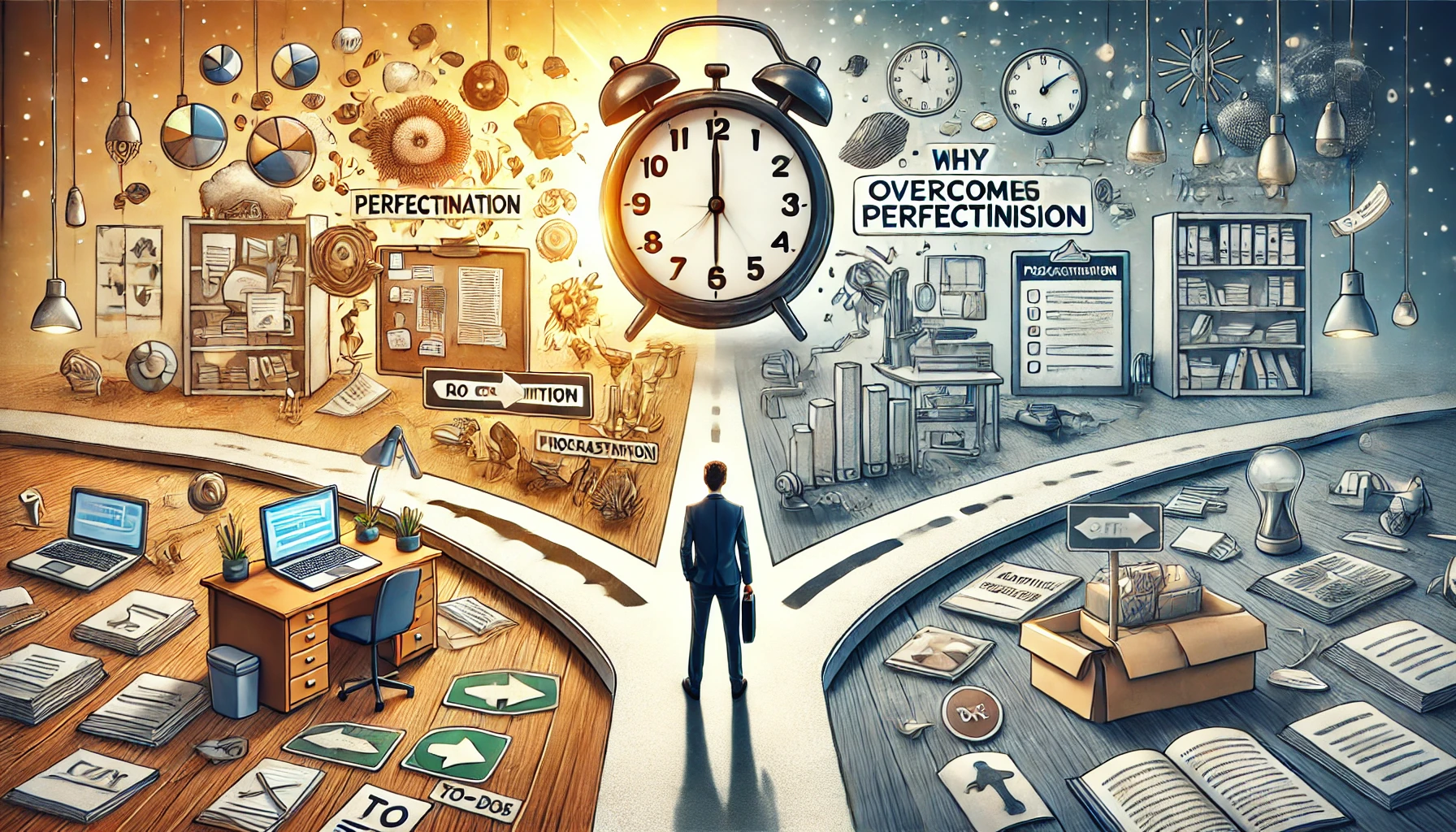
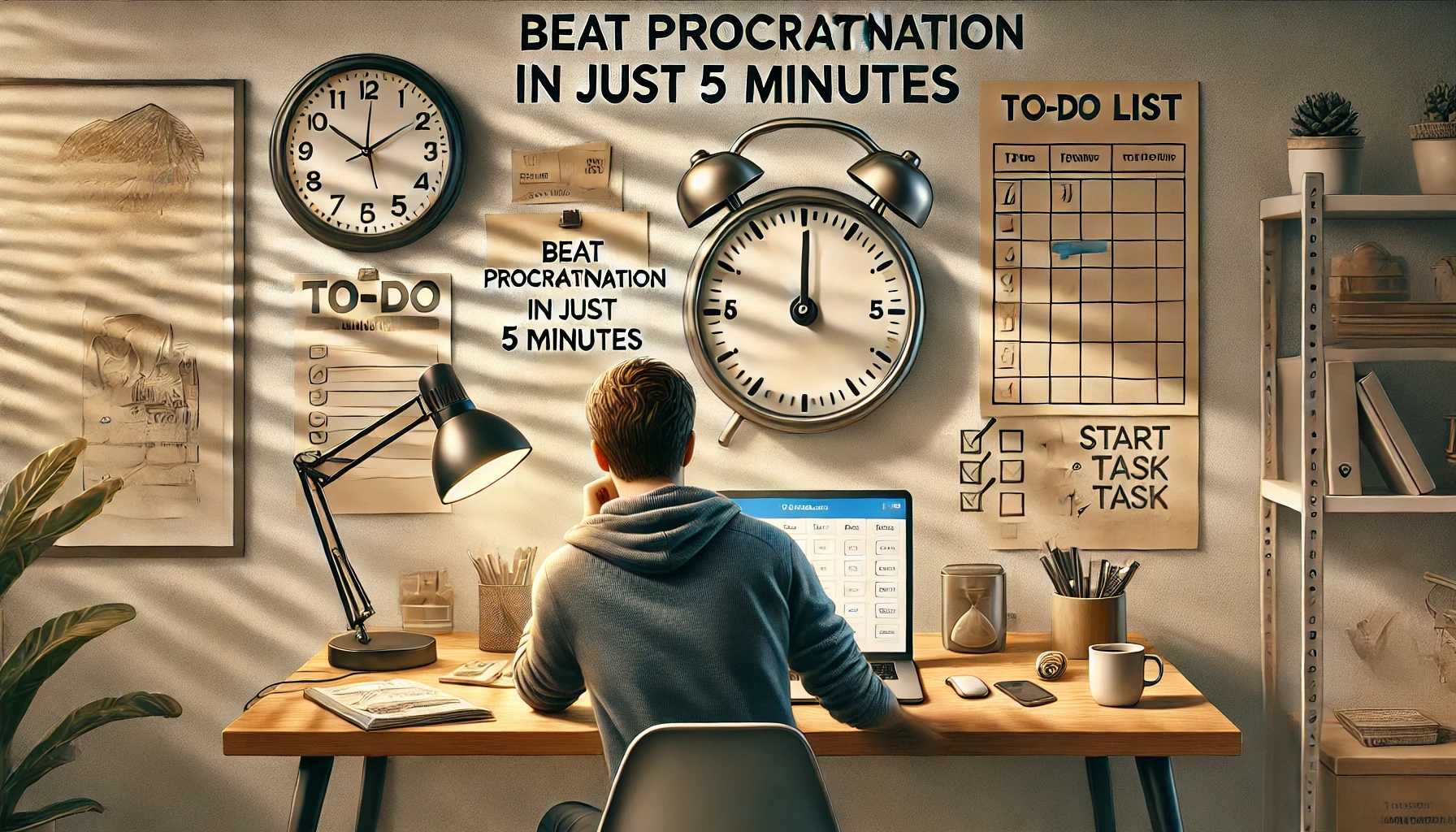
Leave a Reply